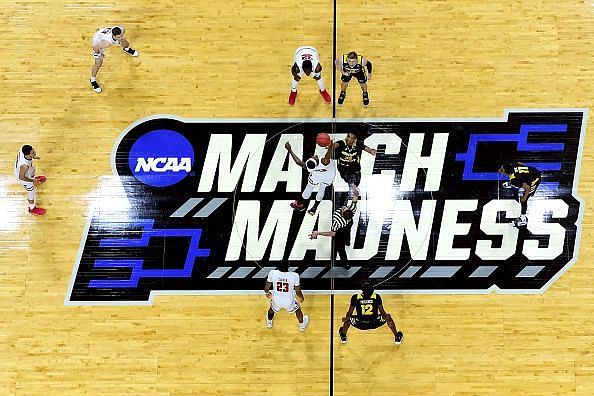
Understanding March Madness - The $1.1 Billion College Basketball Tournament
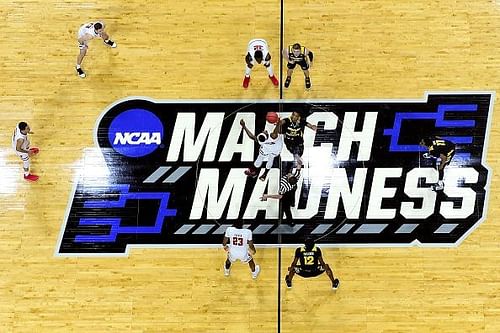
March Madness is the popular name of the NCAA Division 1 Men's Basketball Tournament. It is a single elimination tournament featuring 68 college basketball teams from the Division 1 (highest) level of the National Collegiate Athletic Association for the National Championship. Essentially it is the most coveted prize in the highly competitive and astonishingly lucrative business that is US college basketball. The tournament's history is just as rich, going back to the year 1939.
In India, even the cash-rich star-studded professional leagues except for maybe the ever popular IPL struggle to find the necessary viewership and turn a profit. March Madness has no such problem, on the contrary, the 2018 edition (a down year) had an average viewership of 9.7 million with 16.5 million people tuning in live for the championship game. The presence of Zion Williamson the most exciting/hyped player going into the NBA since LeBron James himself is sure to have significantly boosted the viewership this year.
The tournament starts mid-March and runs into the first week of April. During that span of time, it even manages to overshadow the ongoing NBA regular season, at least in American households. The reason for this popularity is what I have attempted to explain below.
The Level Of Competition
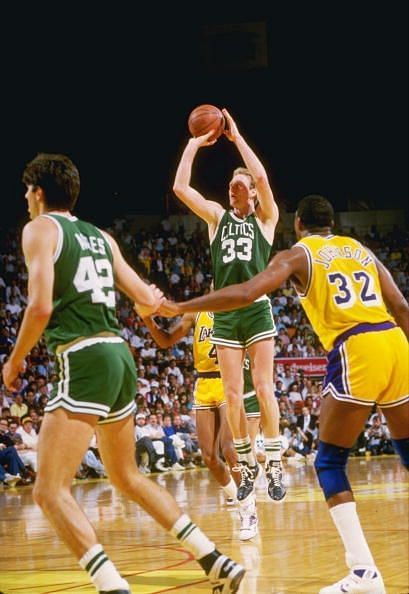
Despite the fact that there are more international players in the NBA today than ever before, around 83% of the NBA players get to the league via NCAA schools. The list of star players who have played in this event is extensive and includes the greatest to ever play the game, Michael Jeffery Jordan. He hit the game-winning jump shot in The 1982 Championship game against an opposition led by future NBA rival and fellow Hall of Famer Patrick Ewing. MJ later described the shot as a major turning point in his career.
Other players who have excelled at the tournament are modern day NBA superstars like Steph Curry, Kevin Durant, Anthony Davis, Tim Duncan, Kemba Walker, and legends of the game like Kareem Abdul-Jabbar, Bill Russel, Wilt Chamberlin, Oscar Robertson, Jerry West the list just goes on and on with the who's who of basketball royalty. The tournament even has to its credit the genesis of what is perhaps the greatest ever rivalry in basketball "Magic Johnson Vs Larry Bird". The first time they faced off against each other was in The 1979 Championship game, which achieved what was at the time the highest ever television rating for a college basketball game. (They've been telecasting college basketball games since the 70s !!!)
The format also adds to the allure of the event. Unlike the NBA Playoffs which are decided by a best of seven series here its just one game. This brings in an element of unpredictability with top-seeded teams often being upset, most recently the heavily favored Duke Blue Devils crashed out in the elite-eight stage of the tourney.
This year's event too has its share of stars led by viral sensation Zion Williamson who broke the internet with his jaw-dropping dunks. He is an explosive, 6 foot 7, 129-kilogram beast who has a vertical that can rival anyone's in the NBA. With the advent of social media to his benefit, it would be fair to say that he is more hyped going into the NBA than even LeBron James was. His popularity is such that he is expected to sign a shoe deal worth over 100 million dollars before he ever steps on the court for an NBA team.
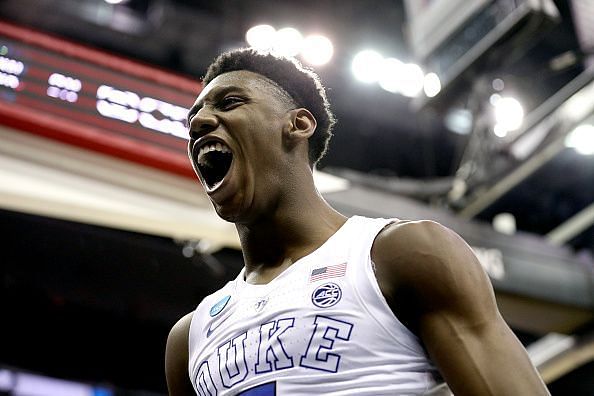
Another star in the making is Zion's Duke teammate and Canadian National Team player RJ Barrett. The 6 foot 7 wing was the number 1 ranked player coming out of high school and his polished all-around game should translate well into the NBA.
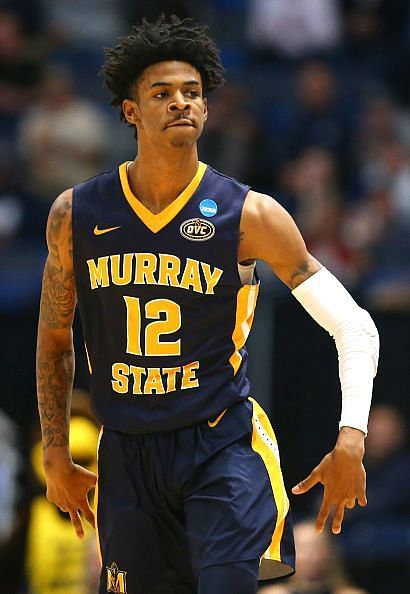
Tametrius Jamel "Ja" Morant unlike the other two is in his second year of college basketball and was not ranked coming out of high school. He burst on to the scene this season with multiple triple-doubles and some ridiculous scoring performances. These three are in a class apart from the rest of the college crowd and are considered lock-ins to be the top 3 picks in the 2019 NBA draft.
The Mind-Boggling Finances
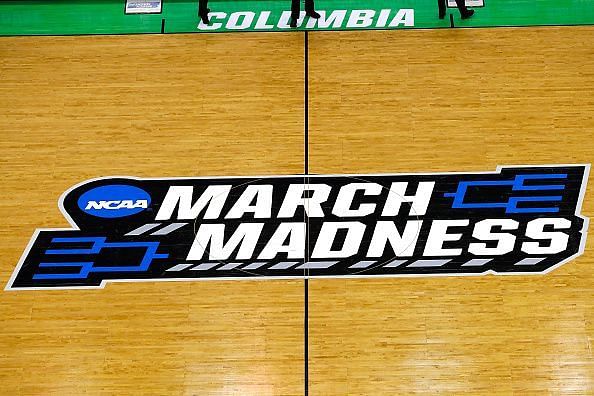
The figure quoted in the title is by no means an exaggeration if anything it underrepresents the true impact this event has on the economy. 1.1 Billion is only what the NCAA will make this year from the TV rights which they sold on a multi-year contract worth an astounding 19.6 billion dollars. Ticket sales alone for the 2018 tournament brought in 130 million and studies indicate that in 2019, loss of productivity due to March Madness will come in at 13 billion.
The money that actually brings the people in is the unprecedented levels of betting that goes on around this event. With sports betting now legal in many states after a Supreme Court judgment, sports fans are expected to bet 40% more than they did on this year’s Super Bowl(Americas biggest sporting event). The American Gambling Association expects that 47 million people will bet near $8.5 billion on the tournament. With many bets being off-the-books, taking place in workplaces and educational institutions across the country the actual sum is likely even larger. The unpredictability of the competition combined with regional loyalties and alumni fervor has even the casual fans betting in large numbers.
With such high stakes, one would expect that the protagonists of this mega event, the exceptional collegiate athletes who get the public to tune in would be handsomely compensated. Sadly that is not the case. The rules stipulate that they must compete as amateurs and hence they aren't paid. The top coaches, on the other hand, draw multi-million dollar salaries. To be fair the millions the players help generate does go to their colleges which use a substantial portion of it to provide scholarships and state of the art facilities for their sport and also subsidize the other less popular athletic programmes which don't generate this kind of revenue. So one could argue that it provides low-cost education to a large number of student-athletes of which only a small percentage will go on to have a career in professional sports.
But it doesn't end with not paying them, the NCAA also prohibits them from making any profit off their image and likeness, accepting money as "gifts" and having contact with an agent without losing their "amateur" status and becoming ineligible to continue playing. This is a system that breeds corruption with the many sought after players who are often from impoverished backgrounds forced to take under the table payments from colleges and large loans from prospective agents. There have been periodic scandals about this for decades now and of late there has even been an FBI investigation into some of the top collegiate teams. With due respect to the complexities that would be involved in drafting a fair remunerative structure, there is something inherently wrong in a system that allows colleges to enrich themselves by selling jerseys and memorabilia with players names yet the individual themselves cannot profit from so much as a signed photograph.